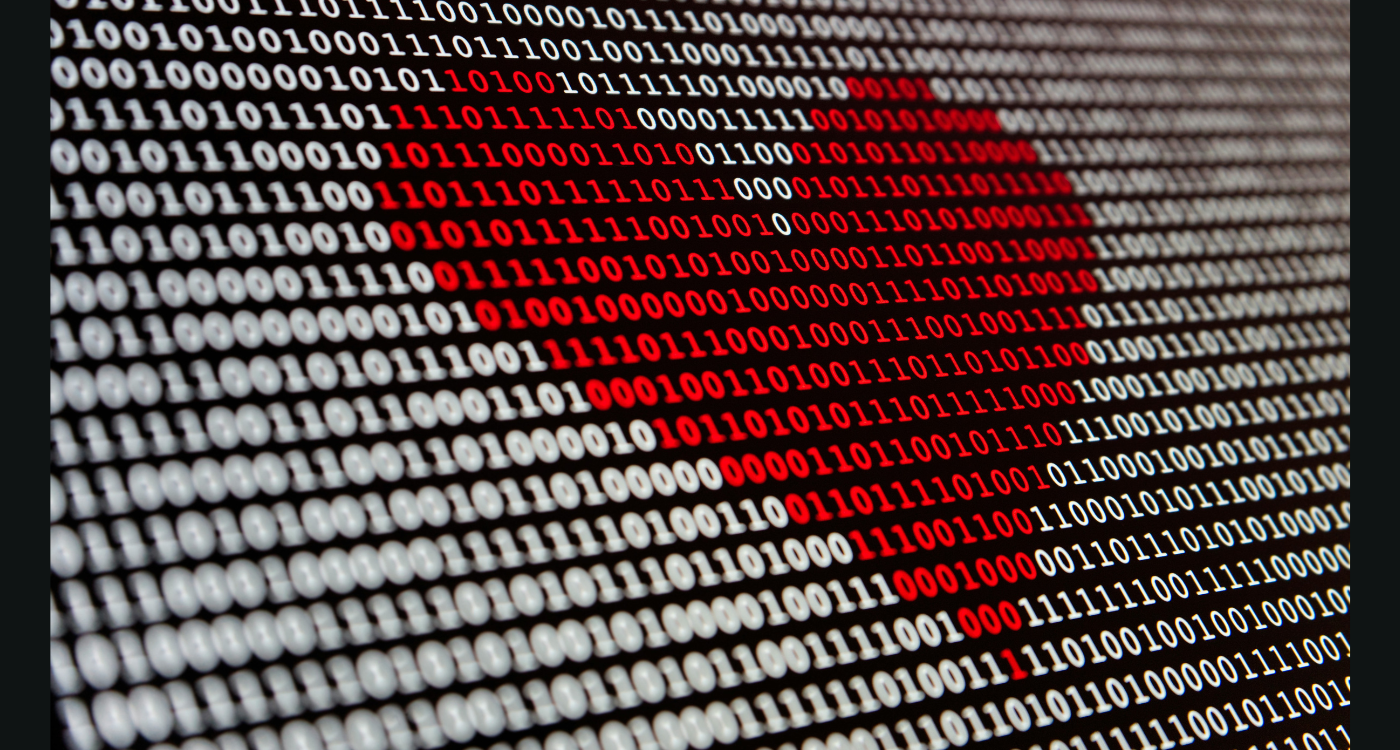
A few months ago I received an email from one of my colleagues at the library that read, “Do we want to try to highlight or take part in Love Data Week?” This correspondence was the first time I’ve heard of this annual occurrence, being celebrated from Feb. 10-14, 2025. According to the Institute for Social Research at the University of Michigan, the overall goal of International Love Data Week is to celebrate data and raise global awareness about the importance of data science and management.
While mathematics and numbers have never been my strong suit, I’ve always loved data. It can come in many shapes and forms. It can provide meaning and clarity where there would otherwise be none. Growing up in a sports household, memorizing and quizzing each other on team and player statistics was a game in and of itself. And, who could forget the Strat-O-Matic Baseball board game! Analyzing the statistics and data to put a team together is one of my favorite childhood memories.
While books are the cornerstone of the library, data is equally important. It is crucial that the library keep track of how our building, services and materials are used for one main reason: to better serve you. We keep track of public service desk interactions so we can make sure we are adequately staffed at our busiest hours. We monitor the materials that are checked out so we can buy titles that are popular within our community. We count the number of program/event attendees so we can plan the events that community members are most interested in. And, at the end of every year, all of the data reported by our various librarians and staff are compiled by our IT professionals for one, comprehensive report. Here is some quick library data from the 2024 report and beyond:
The Collection:
138,956 is the total number of physical items held by PPL (does not include digital content)
589,479 checkouts and renewals (physical and digital items)
Total circulation at PPL is up 15% from 2023
Digital circulation is up 21% from 2023 and up 103% from 2019
1,781 museum were passes reserved
223 “Things” are available in our Library of Things Collection
2,794 Library of Things checkouts
The Building
354 days open
37,005 people utilized the library’s 9 study rooms
48 steps in the main staircase
4,372 shelves hold materials in the library
195 tables where visitors may work
591 seats in which visitors may relax
3,562 tiles comprise the Happy World Mural in the library lobby
It should also be noted that the library is carpeted in 20”x20” carpet tiles. Thanks to my colleague Andre, an eager data-enthusiast who enjoys walking around and counting things, we have approximately 92 x 60 squares on the 1st floor, 112 x 51 squares on the 2nd floor, and 112 x 60 squares on the 3rd floor, for an (estimated) total of 17952 squares. That’s about 30,000 square feet of…squares.
Programs & Events
2,062 programs were offered (in-person, virtual and hybrid)
66,121 people attended programs
578 programs were offered in conjunction with community partners
Technology
58,878 public computer sessions
475,249 WiFi sessions
33,015 database searches
107 public use computers available
121,087 views or replays on our YouTube Channel or on-demand content
Our Visitors & Community
2,676,502 people visited princetonlibrary.org
25,364 PPL cardholders
3,895 people became new PPL cardholders
688,713 people visited PPL in person
58,376 reference questions were answered by PPL staff
Data is all around us. It can be seen, collected, counted, collected and analyzed for scientific or business purposes. And, even just for fun and enjoyment. Data helps us make sense of the world around us, whether you are exploring NASA datasets, counting the square footage of shelves in a library to make room for a new collection or determine who has the record for triples in Major League Baseball so you can best your Dad in trivia. (It’s Sam Crawford by the way, with 309 triples.)
If you are looking to participate in Love Data Week workshops, consider the directory of events available on the official Love Data Week website, as well as at Princeton University.
Photo by Alexander Sinn on Unsplash.
